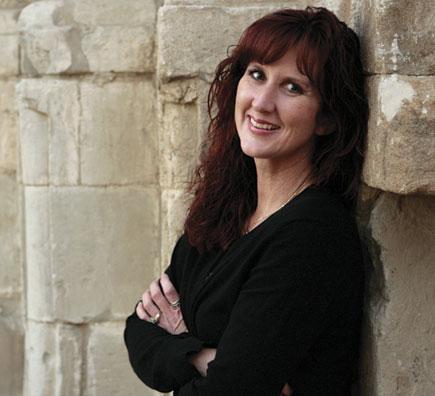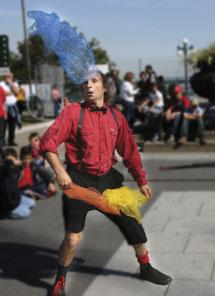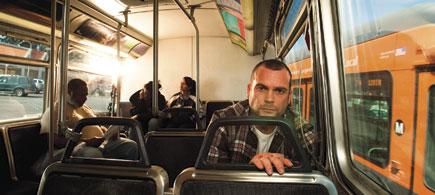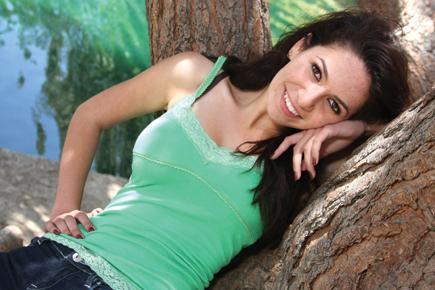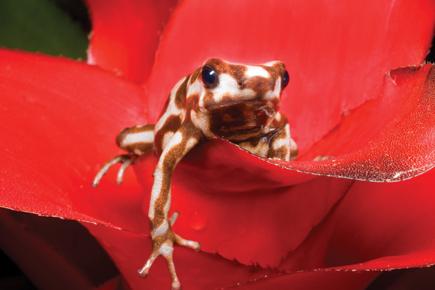Pro Techniques
Sort By: Post Date TitlePublish Date
|
Feb 01, 2009
|
Dec 01, 2008
|
Dec 01, 2008
|
Dec 01, 2008
|
Nov 01, 2008
|
Nov 01, 2008
|
Nov 01, 2008
|
Oct 01, 2008
|
Oct 01, 2008
|
Oct 01, 2008
|
Oct 01, 2008
